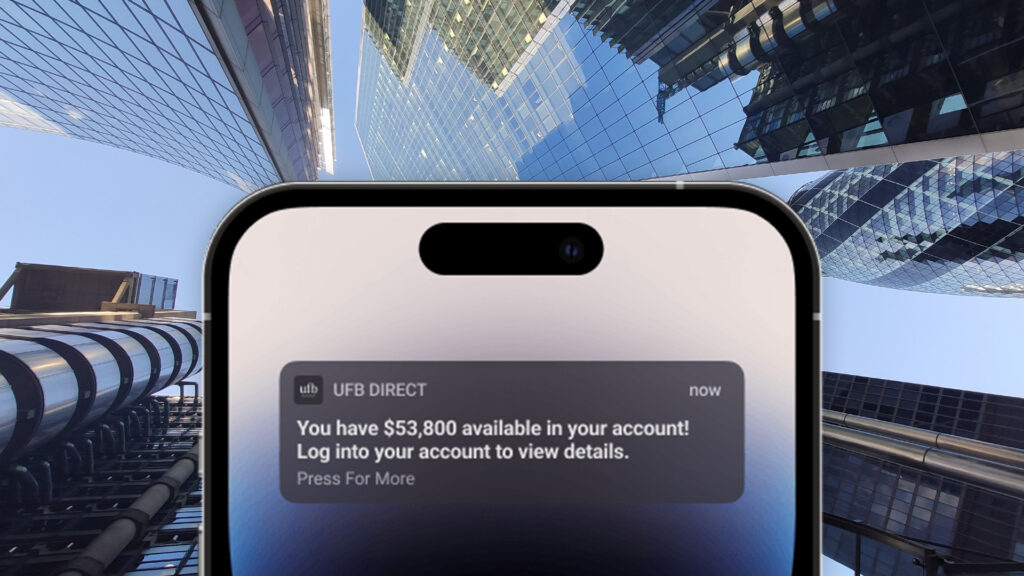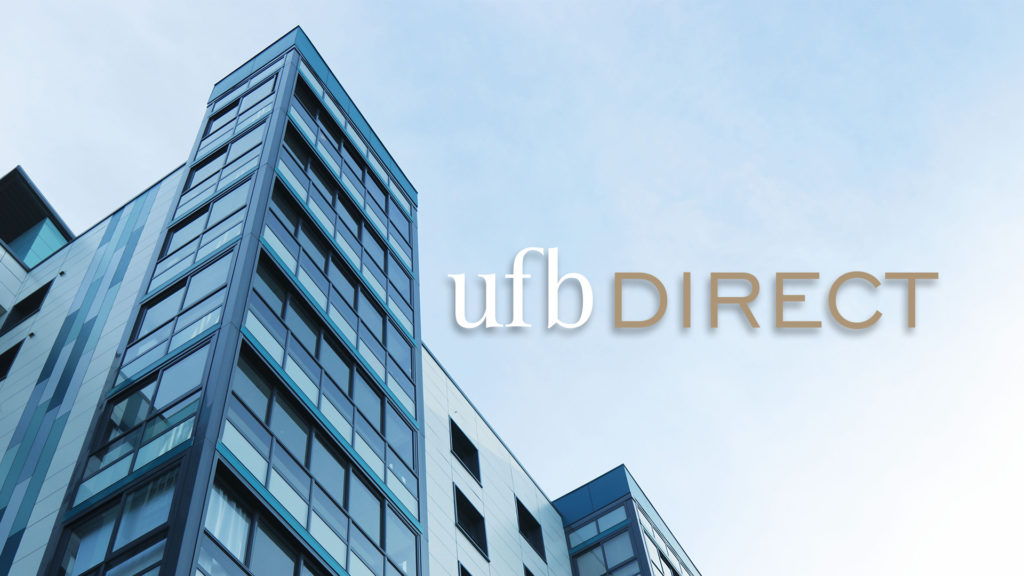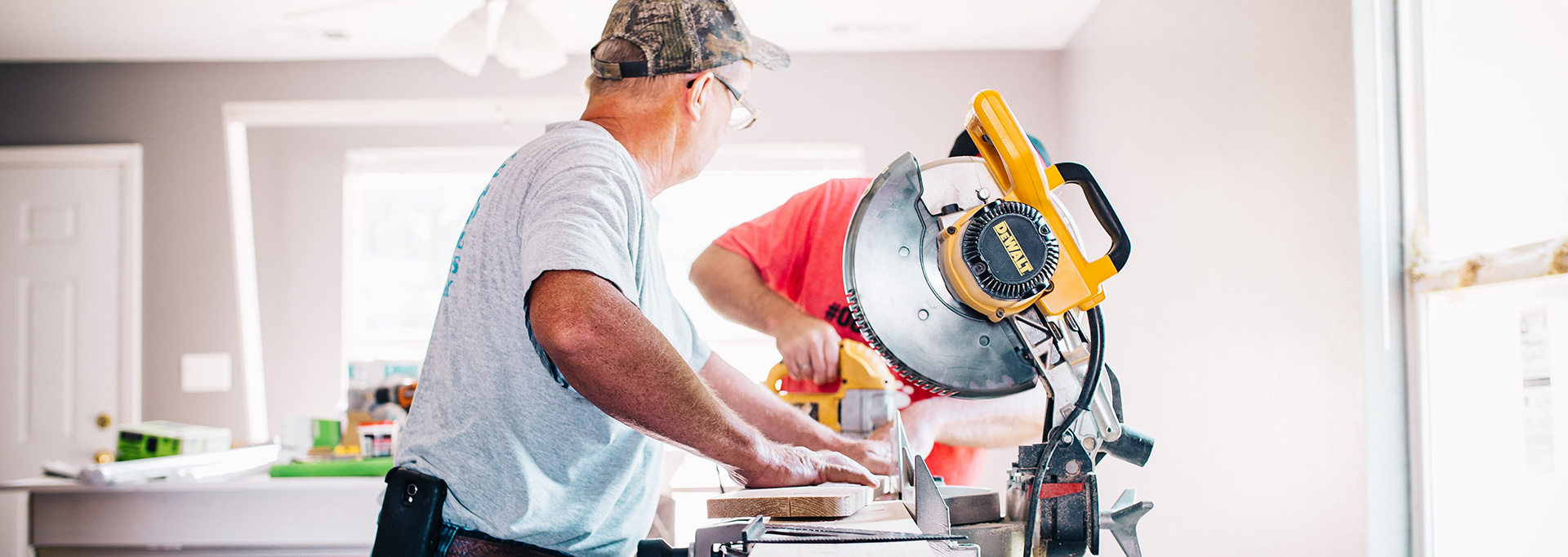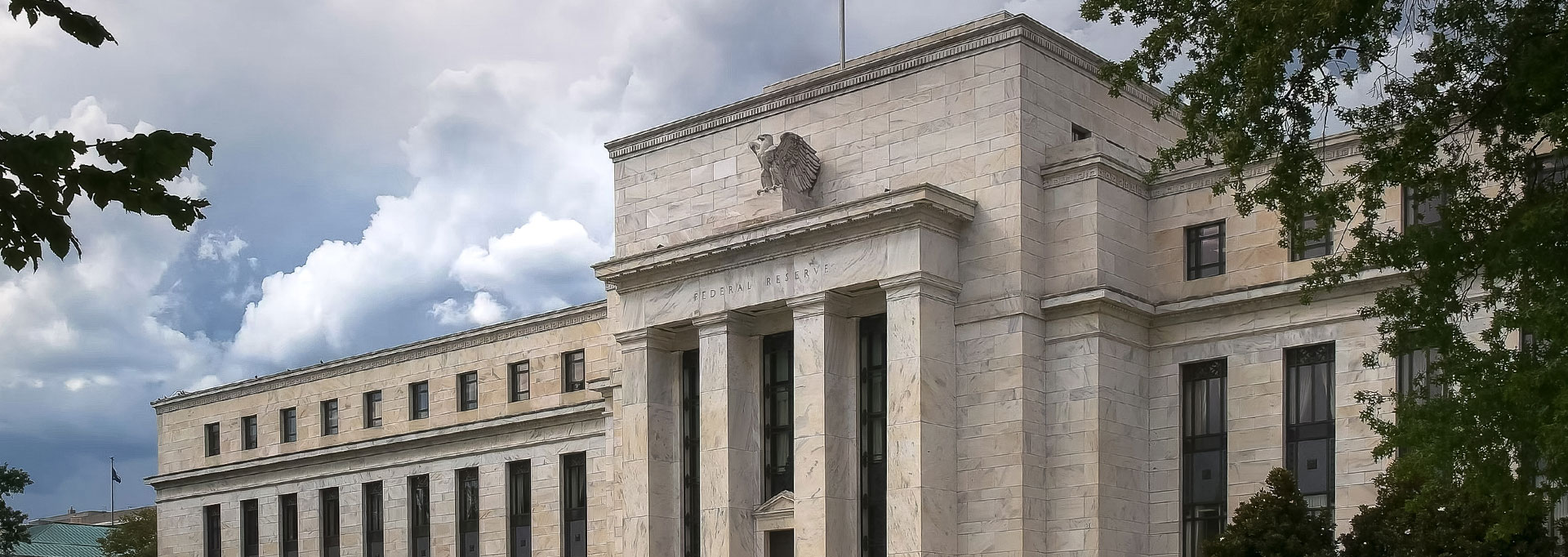Most products on this page are from partners who may compensate us. This may influence which products we write about and where and how they appear on the page. However, opinions expressed here are the author's alone, not those of any bank, credit card issuer, airline or hotel chain.
Whether you’re trying to save more money or reduce your long-term debt obligations, refinancing a mortgage can be one of the ways for a homeowner to achieve that goal.
For some homeowners, getting monthly payments with a lower interest rate can make the debt much easier to bear. For others, refinancing gives them the opportunity to pay off their debt faster by putting more money towards the principal. Read on to discover the pros and cons of refinancing and the general process to help you decide whether or not it’s worth it.
What Does Refinancing a Mortgage Mean?

When you refinance a mortgage, you’re taking an existing loan and transferring the money you still owe into a new loan. In other words, you get a new mortgage to pay off an old one. For example, this can be taking a 30-year mortgage and refinancing to a 15-year mortgage, or vice versa. Or, switching to an adjustable-rate loan from a fixed-rate loan.
There are different ways to approach mortgage refinancing, which can include:
- Securing lower interest rates for reduced monthly payments
- Getting a shorter-term loan
- Getting a longer-term loan
- Switching from a fixed-rate mortgage to an adjustable-rate mortgage, or vice versa
- Consolidating multiple loans into a single, low-priced loan
Refinancing a mortgage can mean many different things, but the ultimate goal is to reduce your overall debt obligations.
Example of Mortgage Refinancing
Suppose an individual has a mortgage on a $450,000 home loan, and they've already paid down $100,000 of the principal, leaving them with $350,000 left in the loan. They also notice that market interest rates have dropped, and their debt-to-income ratio is sufficient to qualify for a refinance. With the lower interest rates, they can realize potential savings by refinancing the principal balance.
With this strategy in mind, the homeowner can approach a bank asking if they can refinance their loan, taking out a fresh loan on the $350,000 left to pay—and hopefully at a lower interest rate, depending on market conditions. After checking the value of their home, credit history, and other factors, the bank may approve the new loan. This now results in lower payments each month at a lower interest rate and significant savings compared to the previous loan terms.
Pros and Cons of Refinancing
Refinancing your mortgage can have its advantages, but it's not without its potential drawbacks. Here's a quick look at the pros and cons:
Pros of Refinancing
- Lower monthly payments
- Save money over the life of the loan
- Can help pay off home quicker
- Potentially get rid of private mortgage insurance
Cons of Refinancing
- Need to pay closing costs out of pocket
- May keep you in a mortgage longer, so you may have to deal with several more years of debt
- Depending on your situation, savings may not be worth the effort and stress of refinancing
- Not everyone will qualify for refinancing
Refinancing Process Overview
The refinancing process, in some ways, is similar to that involved in getting an original mortgage for a home loan. The actual process may vary depending on your lender and situation, but here is a general overview.
1. Decide on a Refinancing Option
The first step will be to decide if refinancing is something that will be worth it, and to figure out the right refinance option for your needs. Here are the most common refinancing options available:
- Cash-out refinance. This is when you take out more money than what you owe on your home, resulting in more cash in your pocket. However, by taking cash out, you also have to pay interest on this amount, not just what you still owe on the principle of your existing loan.
- Cash-in refinance. A cash-in refinance is when you put a large sum of cash towards your new loan principal when refinancing. This option is attractive for homeowners who don't meet the lender's 20% loan-to-value requirements to refinance, but can qualify with a cash-in refinance by paying a lump sum during the refi process.
- VA, FHA, and USDA Streamline refinance options. Homeowners or business people that are members of the Department of Veteran Affairs (VA), have Federal Housing Authority (FHA) loans, or United States Department of Agriculture (USDA) loans, may have access to special refinancing packages. These often pave the way for even more monthly savings when compared to traditional refinancing options.
- No-closing-costs refinance. This is when you don’t pay closing costs and instead either pay a higher interest rate or have the closing costs rolled into the principle of the loan.
- Reverse mortgage. With a reverse mortgage, you don’t pay the bank; the bank pays you—at least at first. This can be a good option for borrowers over the age of 62 who have considerable equity in their homes. The bank then pays you money based on how much equity is in your home. When you either pass away or sell your home, the balance of the loan is due to your lender.
- Rate and term refinance. A rate and term refinance is where you negotiate a lower rate or better terms on an existing mortgage. For instance, if you have a loan with a high interest rate, you can talk to your bank about changing it to a regular mortgage with a lower interest rate. The amount you have to pay will stay the same, but you may end up saving money each month.
- Short refinance. A short refinance is a good fit for people who are at risk of having their home foreclosed on due to default. The lender may take the existing loan and replace it with one with a lower balance. This makes it easier for you to make your payments and prevents the bank from having to go through the process of foreclosing on your home and trying to sell it.
2. Apply with a Lender
Applying for your loan involves showing your lender that you’re going to be able to pay them back the money they let you borrow. To verify that you qualify for a refinance, lenders will need to check your:
- Income
- Assets
- Current and past debt
- Credit score
To further investigate your financial profile, the bank may ask for your two most recent pay stubs, two most recent W2s, and two most recent bank statements.
3. Lock in Interest Rate
Interest rates can fluctuate, so some borrowers with fixed-rate mortgages may choose to commit to an interest rate soon after they get approved. This way, even if the base interest rate goes up, their rate will remain unaffected.
Rates can change frequently, so locking in the rate does give many borrowers peace of mind.
4. Bank Underwrites the Loan and Appraises Home
The underwriting process involves the lender verifying your financial data and making sure everything you’ve given them is accurate. They also verify crucial details of your home to make sure it has sufficient value to justify the refinance.
As a part of the refinancing process, the bank will also appraise your home to assess the current value of the home. The home's appraised value should be higher than the loan amount for the underwriting to be complete.
5. Closing on New Loan
Once your home has been appraised and the lender is satisfied with its value, it’s time for the closing. This is when you sign your paperwork and get to see the official numbers for your loan. If you’re paying closing costs, you also do this at the closing meeting, and if you’re doing a cash-out refinance, you get your cash.
Also, if you’re doing a cash-in refinance, as mentioned earlier, you will have to give the lender some of your down payment money as an earnest deposit and the rest during closing.

Should I Get a Loan to Pay Off Credit Card Debt?
When Refinancing Makes Sense
Refinancing makes sense when it enables you to save money in the long- or short-term, or gives you the cash you need to either invest or make important purchases.
Here are some scenarios where refinancing can make sense for homeowners:
- You have a high interest rate on your current mortgage and want to reduce it.
- Your monthly mortgage payments are too high to handle and you may be able to pay less by refinancing.
- You’re in danger of being foreclosed on and a short refinance, as outlined above, is an option.
- You want to consolidate other debt that has a higher interest rate by lumping what you owe into a refinance.
- You’re trying to pay less each month so you can save up for a new home.
- You want to pay off your home quicker by reducing the monthly payment and then putting more towards your principle.
Refinancing may not be right for everyone, so consult with a financial advisor before making important financial decisions.
When Refinancing Does Not Make Sense
On the other hand, refinancing may not be the best choice in certain situations. Some examples include:
- If the combined closing and private mortgage insurance costs are so high that it will take too long to reach a break-even point. For instance, if a refinance saves you $100 a month and your closing costs were $4,000, you’d need to stay in your home for at least 40 months to break even. The shorter the break-even point, the more you benefit from refinancing.
- If one's interest rate is already historically low. Homeowners who purchased their homes during historically low interest rates may not benefit as much from refinancing when interest rates start to rise.
- If you cannot afford long-term costs. For those switching to a shorter loan term, such as a 30-year to 15-year mortgage, the higher monthly payments may be unaffordable in the long term. Another thing to consider is, if you are starting over with a new 30-year mortgage, you might still be paying your mortgage well into retirement when you may not be able to keep up with the payments.
- If you plan to move out of the home in a few years. If you already have plans to sell your home in the next few years, then you likely won't reap the savings benefits of refinancing.
Is Refinancing Worth It Right Now?

As interest rates continue to rise in 2022, is now a good time to refinance? For people with high interest rates, then it may make sense to refinance to a lower rate if it can reduce their monthly mortgage obligations. While mortgage rates are no longer at record-low numbers, they are also not at historical highs either. Depending on what rate you closed your home on, you may still benefit from refinancing as long as you've done the math.
Refinancing FAQs
-
The basic requirements to qualify for a refinance include being in good standing with your mortgage payments, having enough home equity, a strong credit score, ability to pay closing costs and a decent debt-to-income ratio (DTI). Your bank ultimately decides whether you qualify for a refinance by examining your credit and the value of your home.
-
In many cases, yes, refinancing can lower one's monthly mortgage payments, but it depends on the new rate you get and the one you currently have, as well as the amount you’re refinancing for.
-
The refinancing process can take on average anywhere from 45 to 60 days, depending on whether issues arise along the way. There are several factors that can prolong the timeline, such as delays in inspections, appraisals and other services that require third-party involvement.
-
Typically, you need a government-issued ID, documents verifying income and employment such as recent pay stubs and W-2s, proof of address, documents outlining your cost of living, and existing loan documents.
-
There is no limit on how many times a homeowner can refinance, as long as a person qualifies and it makes financial sense. But remember, it will cost you a certain amount in closing costs every time, so refinancing often can be costly in the long run.
-
Yes, you can refinance using the same bank or lender. If you are satisfied with your lender and the customer service experience, sticking with the same bank can streamline the process because of the established relationship.

















